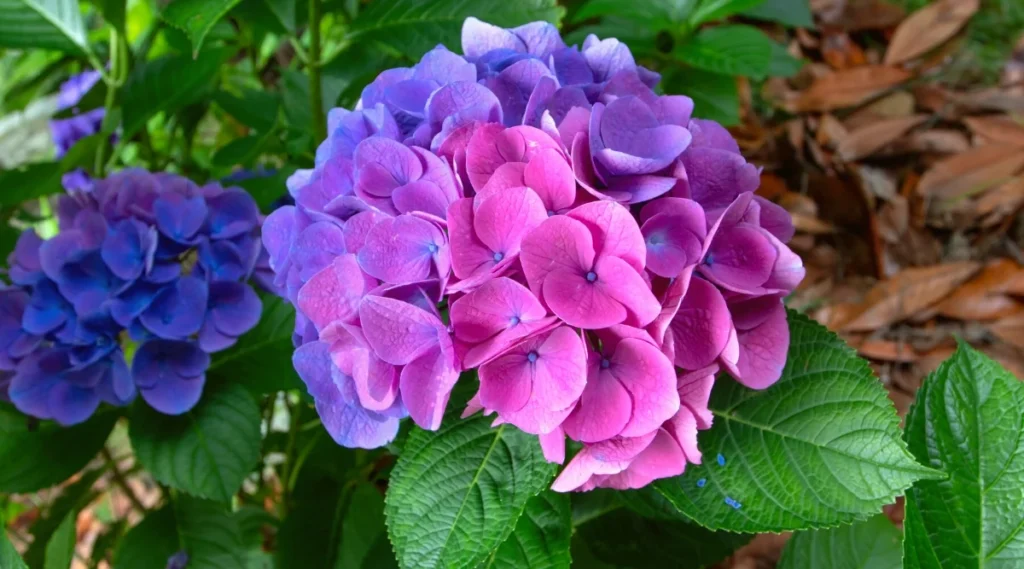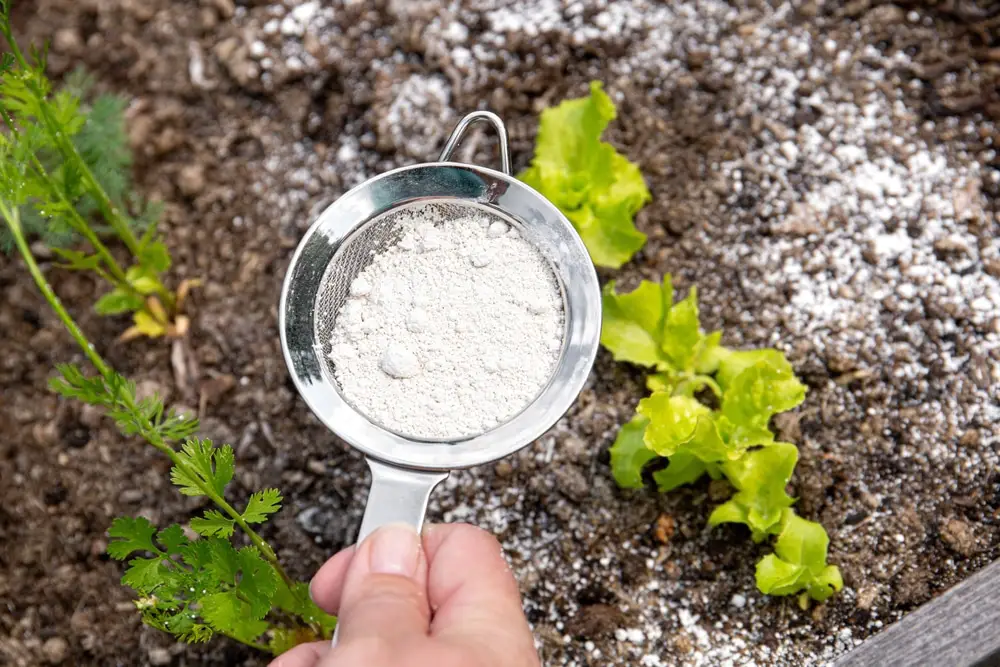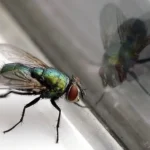Let’s not beat around the bush. If you’re here, you want to know if baking soda can do anything useful for your hydrangeas and how to actually use it.
I’ve been growing hydrangeas for over a decade in my backyard here in North Carolina. I’ve tested all kinds of tricks: coffee grounds, eggshells, vinegar, Epsom salt, you name it. But baking soda? That’s one of the simplest and surprisingly useful tools I’ve used.
Let me walk you through exactly what I’ve learned from using baking soda with my hydrangeas. What it helps with, what it doesn’t do, and how to apply it without harming your plants.
What Baking Soda Can and Cannot Do for Hydrangeas
Baking soda is not a magic fertilizer. But it can:
- Help prevent powdery mildew
- Slightly raise soil pH (which may shift blooms toward pink)
- Act as a mild antifungal agent
- Improve general plant health when used carefully
It will not:
- Instantly change the color of blooms
- Replace compost, fertilizer, or water
- Kill common garden pests
If you’re still interested, let’s keep going.
Why I Started Using Baking Soda on My Hydrangeas

A few years ago, one of my Endless Summer hydrangeas got hit with powdery mildew. The leaves had a white powdery coating, new growth was stunted, and it looked awful.
I didn’t want to use chemical fungicides because I have dogs and a vegetable garden nearby. I read about using baking soda as a natural remedy and figured it was worth a shot.
After a few weeks of careful application, the mildew was under control. I’ve kept using baking soda since then during humid months or when plants look stressed.
How I Use Baking Soda on My Hydrangeas
Here are the exact methods I’ve used. Simple, safe, and repeatable.
1. For Powdery Mildew
What you need:
- 1 tablespoon baking soda
- 1 tablespoon vegetable oil (optional, helps it stick)
- 1 teaspoon mild dish soap (like Dawn)
- 1 gallon of water
- Spray bottle or garden sprayer
Steps:
- Mix everything in a clean bucket
- Pour into a spray bottle
- Spray affected leaves early in the morning
- Repeat every 5 to 7 days until mildew stops spreading
My results:
By the third spray, the mildew was gone from the newer leaves and stopped spreading. The plant recovered fully by the end of the month. Be sure to spray under the leaves, not just the top.
2. To Gently Raise Soil pH and Shift Bloom Color Toward Pink
Baking soda is alkaline, and hydrangea color is affected by soil pH. More acidic soil gives you blue flowers, neutral to alkaline soil shifts blooms toward pink. This method only works with bigleaf hydrangeas (macrophylla). White or panicle types won’t change.
How I do it:
- Mix 1 tablespoon of baking soda into 1 gallon of water
- Pour it at the base of the plant, avoiding the leaves
- Apply once every two weeks from April to August
My results:
My soil is naturally acidic, so my hydrangeas bloom blue. After about a month of this method, the edges of the flowers started turning lavender, then light pink. It’s not a fast or dramatic change, but it’s real.
Tip:
Don’t overdo it. Too much baking soda can shock your plant and mess up the nutrient balance.
3. As a Preventive Tonic for Leaf Health
This is what I use when I don’t see disease yet, but the weather is hot and humid and fungal issues are likely.
Basic mix:
- 1/2 tablespoon baking soda
- 1 teaspoon mild dish soap
- 1 gallon of water
Spray this mix on the leaves early in the morning once a month. It helps keep mildew and other minor fungal problems away before they get started.
It’s not strong enough to cure anything major but works well as a mild preventive.
What Baking Soda Won’t Do
Let’s keep it honest. Baking soda has limits.
- It won’t kill bugs like aphids, beetles, or mites
- It won’t replace fertilizer
- It won’t make blue flowers turn hot pink in a week
- It won’t fix poor soil or lack of sun
Use it as a helper, not a cure-all.
Common Questions From Other Gardeners
Can too much baking soda hurt my hydrangeas?
Yes. I tried using a strong mix every week one summer, thinking more was better. My hydrangea’s leaves turned yellow and growth slowed. Backing off fixed the issue. Stick to mild concentrations and don’t overdo it.
Can I use it on newly planted hydrangeas?
No. Wait at least two months before applying anything. Let the plant establish roots first.
Can I sprinkle dry baking soda on the soil?
I tried it once. Didn’t go well. The powder just sat there, and after it rained, it clumped into a white crust. It’s better to dilute it in water.
Will it harm pets?
Not when used properly. Once it dries, there’s no issue. But don’t leave a mixing bucket out where your dog might drink from it.
Can it kill mold on old mulch?
A little, yes. But it’s not powerful enough for deep-rooted mold. It might help reduce the surface issue temporarily.
Best Time of Year to Use It
Use baking soda from early spring through the end of summer. That’s when fungal problems are most likely and when you may want to influence bloom color.
Avoid using it in fall. The plant needs time to go dormant without added stress.
Other Things I Do Alongside Baking Soda
Hydrangeas still need solid care. Baking soda is just a sidekick. Here’s what else I do:
- Use compost or mulch to improve soil health
- Water deeply 1-2 times a week during dry spells
- Apply a balanced fertilizer twice per season
- Give morning sun and afternoon shade
- Prune only when needed, based on the type of hydrangea
A Real Example From My Backyard
Last year I had a hydrangea that looked rough. Powdery mildew on the leaves. Flowers barely blooming. Leaves pale and curling. I started using the baking soda spray once a week. At the same time, I watered deeper and mulched around the base.
Within two weeks, the mildew stopped spreading. After one month, I saw stronger leaf growth and fuller blooms. The color shifted from pure blue to a soft purplish-pink. By mid-July, it was back to looking healthy and full.
It wasn’t magic. It was consistency, combined with baking soda as a support tool.
Final Thoughts
Baking soda works. But only if you use it wisely.
It’s great for powdery mildew. It can slightly raise your soil’s pH. It helps with prevention. But it’s not a fertilizer. It’s not a pesticide. And it’s not a shortcut.
Use it like a seasoning. Not a main ingredient.
Here’s the bottom line:
- Use it in water, not dry
- Spray in the morning, never midday
- Stick to mild ratios
- Don’t apply too often
- Don’t expect overnight results
Test it once or twice and see how your hydrangeas respond. Every yard is different, and every soil behaves differently. But if you’re like me, you’ll probably end up keeping a box of baking soda in your garden shed just in case.
If you’ve used baking soda with your hydrangeas and have seen results — good or bad — share it with other gardeners. Real experience helps more than anything else.





